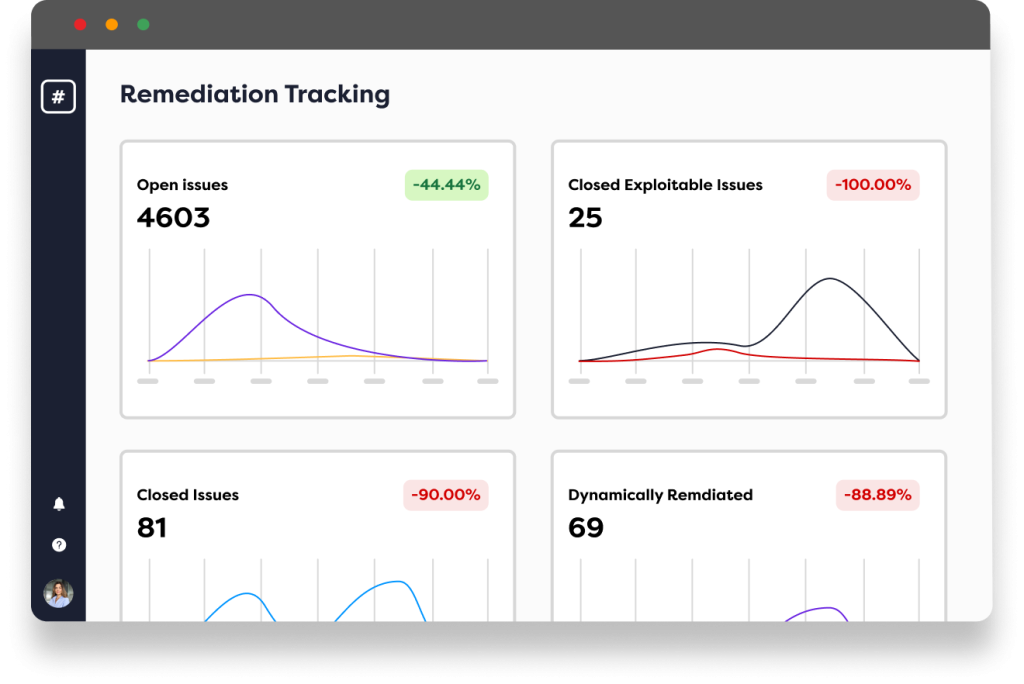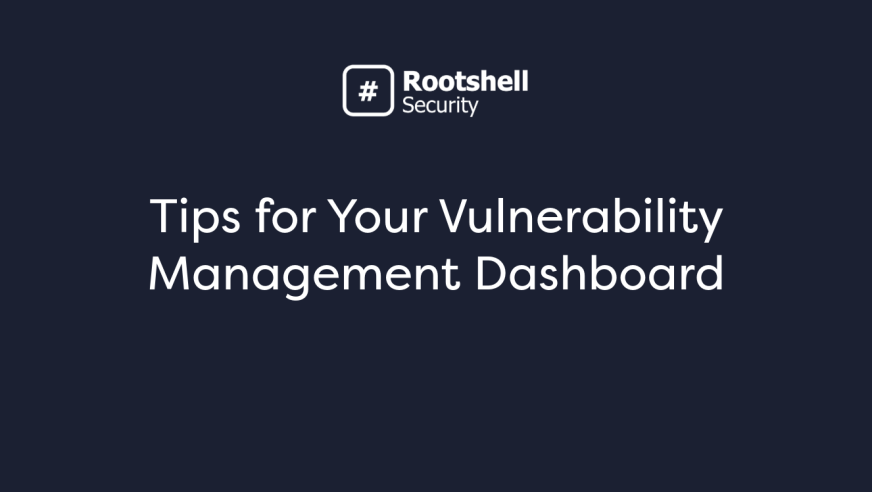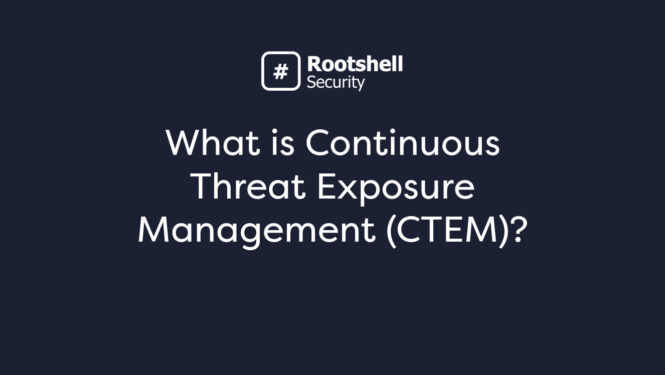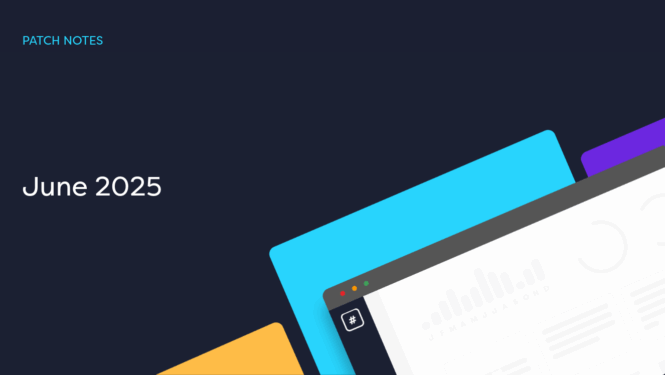A vulnerability management dashboard is a useful way of organizing vulnerability data to make it as insightful and actionable as possible.
In this article, we have made suggestions for how you can build an effective vulnerability management dashboard, to ensure your team can make timely, data-driven decisions for your organization.
What is a Vulnerability Management Dashboard?
A vulnerability management dashboard is a dynamic interface for displaying data, metrics, and insights for a vulnerability management program, in one place.
The most effective vulnerability reporting dashboards are dynamic, to ensure teams have the most current information at all times. This also saves teams the time it takes to manually create updated versions; time that could be better spent on more valuable remediation activities.
Why is a Vulnerability Management Dashboard Important?
A vulnerability management dashboard helps teams make sense of their vulnerability data and organize it in ways that are insightful and actionable.
With the help of a vulnerability reporting dashboard, teams can make data-led decisions at a glance, which are backed up by the most important and current information. This helps teams take the best course of action when planning and executing remediation.
A vulnerability management dashboard can also aid IT security leaders in evaluating their vulnerability management programs, so they can easily identify what is successful and where improvements are needed.
Ultimately, a dynamic vulnerability management dashboard ensures teams are continuously aware of the status of their most important assets and critical issues, to keep their organizations secure.
What should a Vulnerability Management Dashboard contain?
There is no single way to create an effective vulnerability management dashboard, as the choice of metrics and presentation need to be tailored to the readers and the goals of the organization.
We made some suggestions for creating an insightful vulnerability management dashboard below.
General Insights
- A breakdown of your current open issues, by severity score
- The number of exploitable issues within your estate (top tip: integrate your vulnerability management dashboard with a threat intelligence feed), as well as how many of these exploits are active
- A summary of upcoming vulnerability assessments, to aid project management
Remediation Insights
- How many issues your team has remediated
- How many issues have been ‘accepted’ in terms of risk
- The number of open vs remediated within your estate on a monthly basis. This could be represented as a stacked bar graph to illustrate your remediation rate over time

Compliance Insights
- Mean-time-to-remediate (MTTR), broken down by severity level. This can be expressed as a graph to show trends over time
- The number of outstanding issues per system owner. This can be expressed as a leader board to assist with remediation follow-up
Asset Insights
- The number of assets with exploits
- The number of compliant assets (with regards to your SLAs)
- The number of non-compliant assets
Generate Insightful Vulnerability Management Dashboards with The Rootshell Platform
The Rootshell Platform is our vendor-agnostic platform that helps you implement modern and effective vulnerability management programs, reducing mean-time-to-remediate by up to 61%.
Rootshell automatically generates insightful vulnerability reporting dashboards for your data, including:
- Main Dashboard: Rootshell’s Main Dashboard provides an overview of your current state of play, including a breakdown of your open issues, trends over time, and more.
- Remediator Dashboard: The Remediator Dashboard serves you key insights into your remediation activity, making it effortless to track your team’s activity and progress.
- Compliance Dashboard: The Compliance Dashboard helps you measure your remediation efforts against your SLAs.

As well as generating vulnerability management dashboards, Rootshell helps you executive the most effective threat and vulnerability management:
- Centralizes security issues: Rootshell is vendor-agnostic, so you can use it to consolidate results from any vulnerability scanner or penetration testing vendor. Managing all your vulnerabilities in one place makes it seamless to continuously analyse, prioritize, and manage all issues across your estate.
- Aids intelligence-driven prioritization: Rootshell’s industry-leading Active Exploit Detection alerts you to active exploits for your issues on a daily basis, so you can gain the context needed to prioritize most effectively.
- Streamlines remediation: Rootshell modernizes vulnerability management programmes and makes it easy for teams to deliver fast and effective remediation, by reducing manual processes, integrating with ticketing systems, and much more.
- Delivers real-time alerts: Rootshell ensures you have real-time insight into your threat landscape, by providing you with live updates from tests and continuous cyber threat intelligence alerts tailored to your digital estate.



